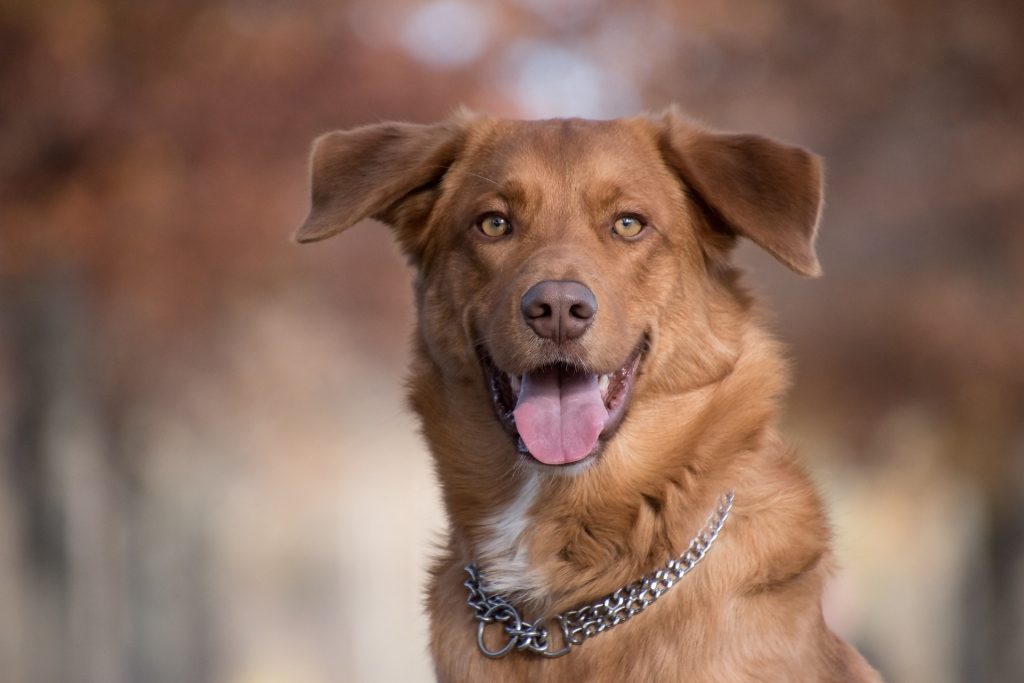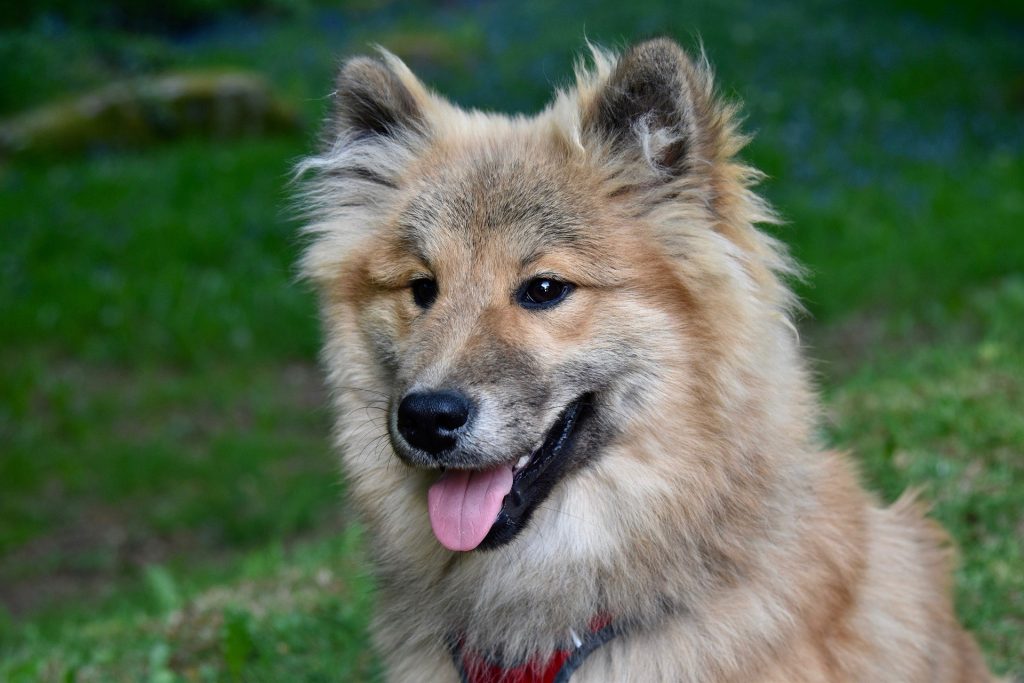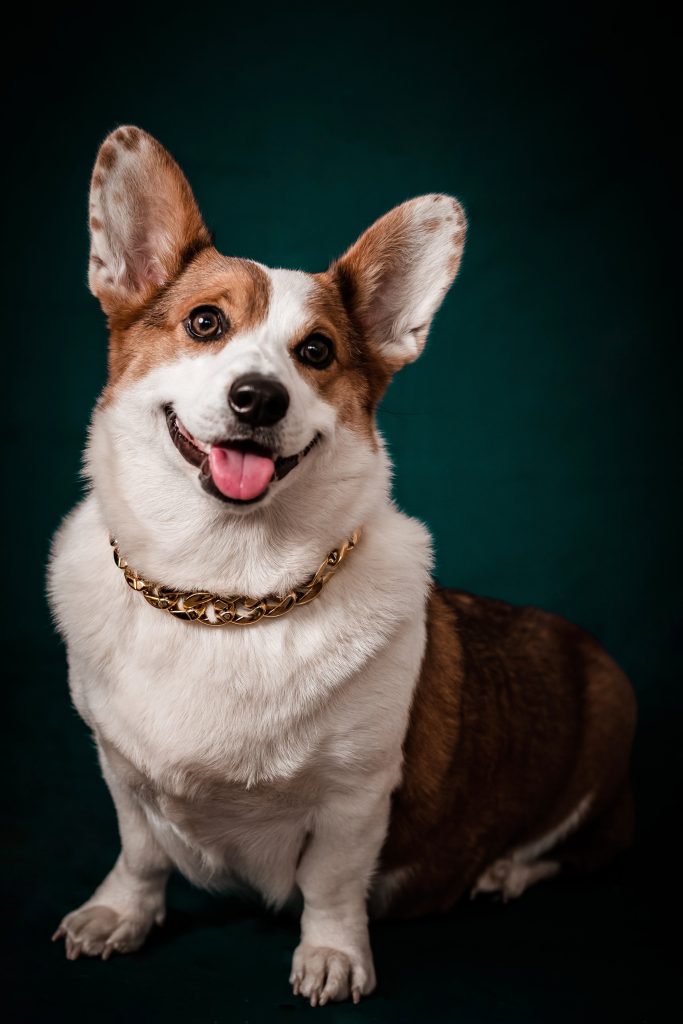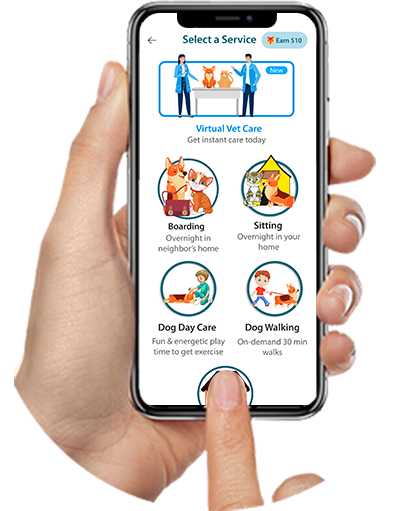
Veterinarian Boise ID
Don’t let your pet’s health concerns steal your peace. Bid goodbye to long waits and emergency pet care because now you can get personalized advice, care suggestions, and prompt responses for your pets. Enjoy unmatched convenience by connecting with a dedicated animal health professional now.

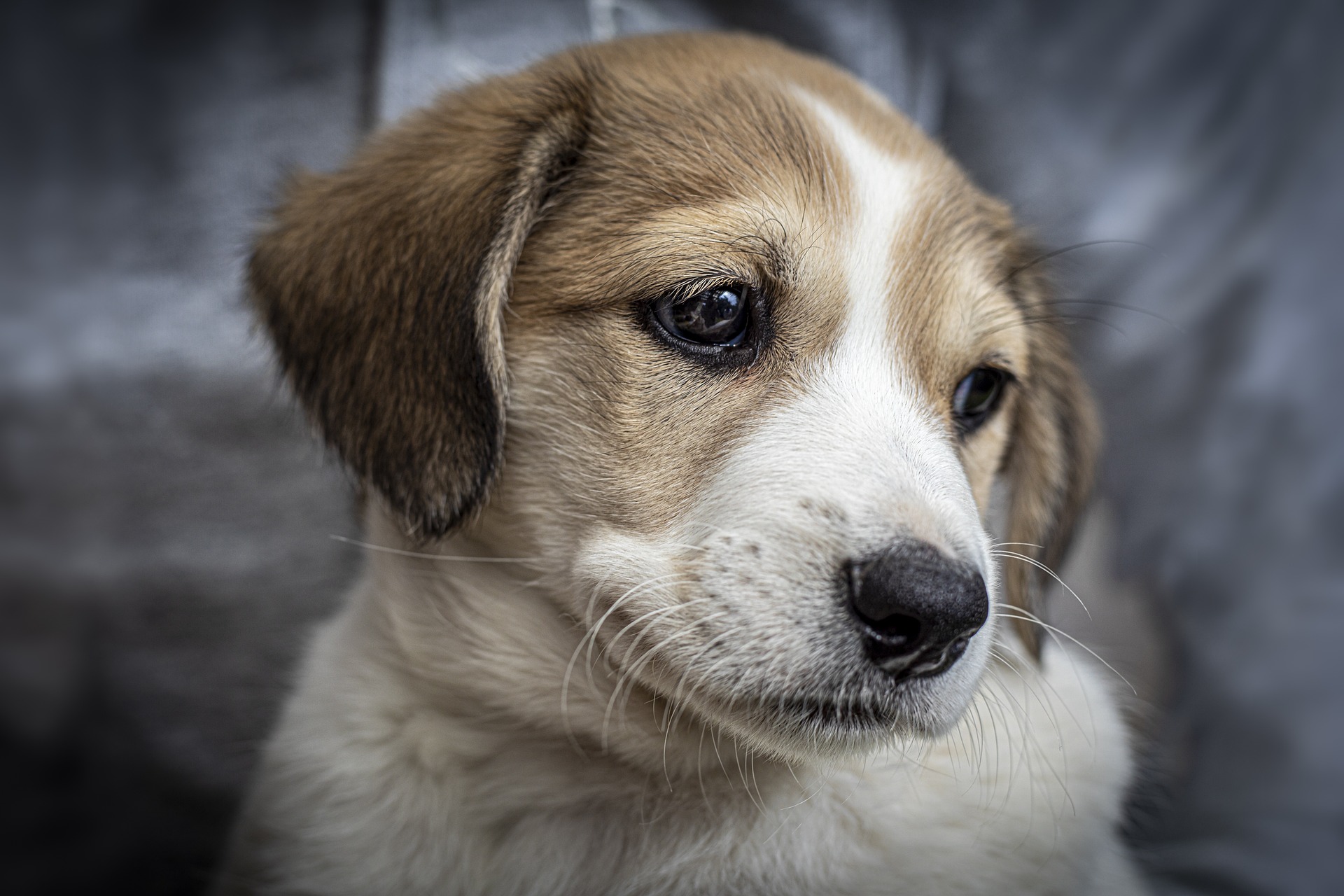
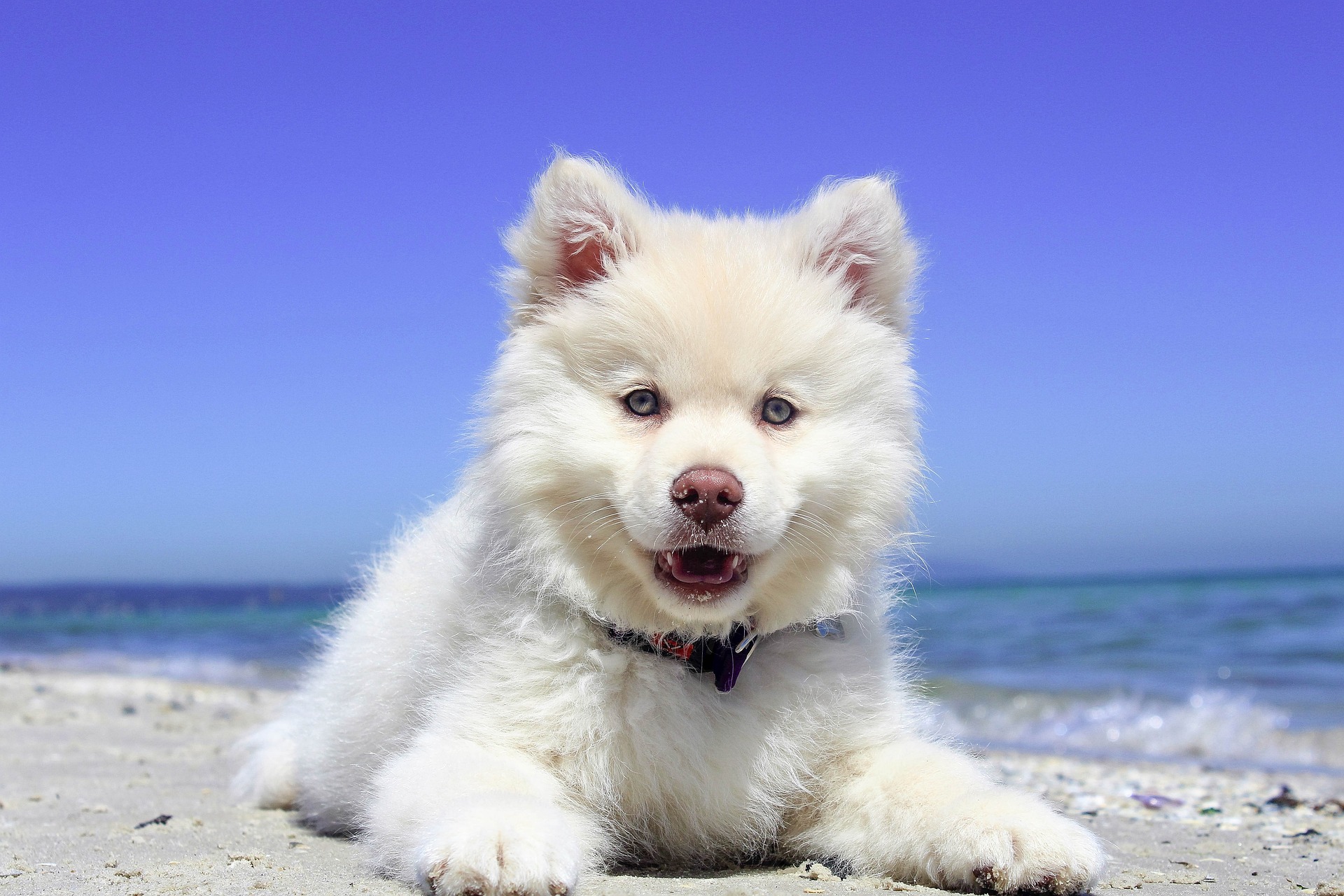
 Unlimited access and follow ups for continuous pet care
Unlimited access and follow ups for continuous pet care 
